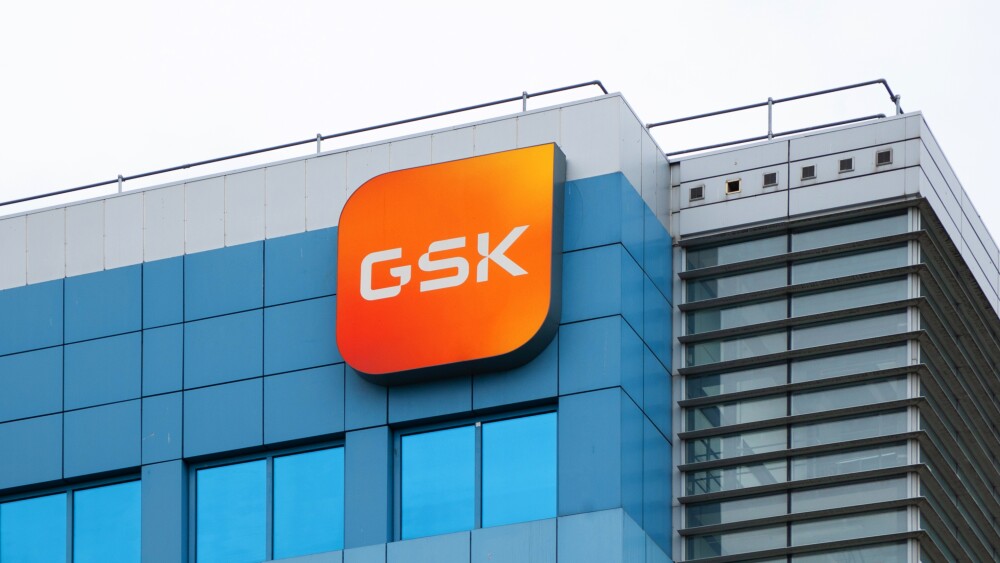The pending deal was rumored overnight after a report from the Financial Times, spurring analysts to speculate that if true, the entire gene editing space would see a boost at the markets.
Eli Lilly is acquiring Verve Therapeutics for up to $1.3 billion, providing a much-needed shot in the arm for the gene editing space and proof that pharma is willing to go all in on the modality.
Lilly is set to pick up the cardiovascular-focused biotech for about $1 billion in cash up front, or $10.50 per share, plus a contingent value right (CVR) of $3 per share, bringing the total deal to $13.50 per share. The CVR would be payable once the first patient is dosed with VERVE-102, a gene editing therapy for atherosclerotic cardiovascular disease (ASCVD), in a Phase III trial as long as that milestone happens before the 10th anniversary of the deal closing. The deal represents a 113% premium to Verve’s 30-day average closing price prior to the deal.
The pending deal was rumored overnight after a report from the Financial Times, spurring analysts to speculate that if true, the entire gene editing space would see a boost at the markets. Indeed, after the deal was officially announced at 7 a.m. ET, shares of Intellia Therapeutics rose 12% in premarket trading to $10.10, Beam Therapeutics was up just under 7% to $17.75 and Editas Medicines got a smaller boost of just over 4% to $2.25.
With the buy, Lilly will add a clutch of genetic medicines focused on reducing cardiovascular risk, a more common condition than gene editing has traditionally been developed for to date. BMO Capital Markets analysts, responding to the FT rumor, questioned the commercial case for gene editing in more familiar conditions. VERVE-102 has plenty of oral competitors from the likes of Merck and AstraZeneca and siRNA therapies that are already approved. “We are skeptical about the true market need of additional genetic medicines in these indications,” BMO wrote early Tuesday morning.
The price is, however, low compared to what Lilly has on hand for business development, and it builds on the existing deal between the two companies. Verve has touted its base editing approach as a safer alternative to other CRISPR-based gene therapies.
BMO added: “While the proposed deal size is low relative to Lilly’s investment firepower, we think there may be better uses of capital for the company at this time.”
William Blair’s analysts said Lilly was getting a bargain, and said the deal makes sense given the pharma’s exposure to Verve’s entire disclosed pipeline. It’s also great for Verve’s shareholders, who are likely to see the CVR paid out in the next few years. The firm believes the Phase III trial, which would trigger the CVR, could be initiated in the first half of 2027 given the current clinical timeline.
But back to Verve. VERVE-102 is the company’s lead asset, an in vivo base editing therapy that targets PCSK9, which is linked to cholesterol levels and cardiovascular health. Verve believes the therapy could treat heterozygous familial hypercholesterolemia (HeFH), a type of ASCVD. VERVE-102 is currently being tested in a Phase Ib clinical trial, with a Phase II set to get underway in the second half.
Verve and Lilly have previously worked together under a licensing agreement, with Lilly holding an opt-in right on VERVE-102. William Blair said that opt-in decision was due by the end of this year, and Lilly was likely going to have to restructure the deal anyway, so an acquisition at this time makes sense.
Ruth Gimeno, Lilly group vice president of Diabetes and Metabolic Research and Development, said in a statement that VERVE-102 could become the first gene editing therapy used in broad populations, “and could shift the treatment paradigm for cardiovascular disease from chronic care to one-and-done treatment.”
Verve also has VERVE-201 in the clinic for homozygous familial hypercholesterolemia (HoFH) and refractory hypercholesterolemia. Three additional programs—two in cardiovascular disease and one for an undisclosed liver disease—are in preclinical development.
Lilly’s vote of confidence is much needed for the gene editing and broader gene therapy space. A string of patient deaths, including one announced yesterday after a patient took Sarepta Therapeutics’ gene therapy Elevidys, has the industry on edge. Gene editing rival Intellia suffered a blow at the markets in late May after reporting a case of elevated liver enzymes in a late-stage study for its transthyretin amyloidosis gene editing therapy.






